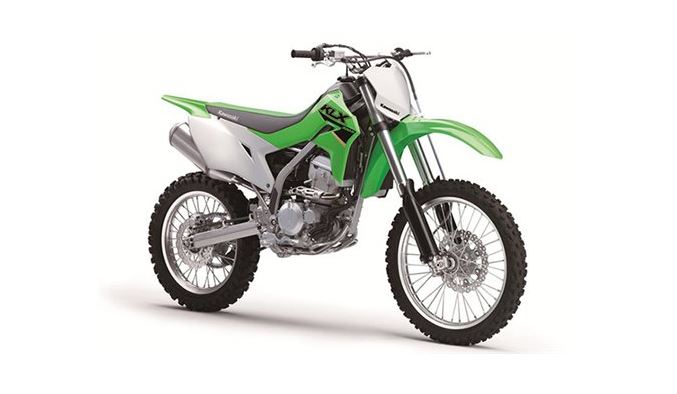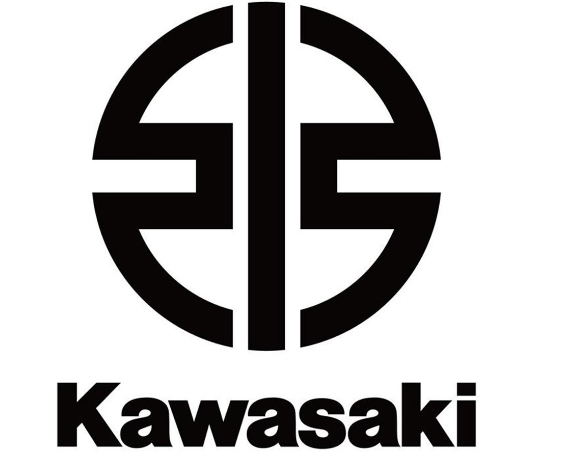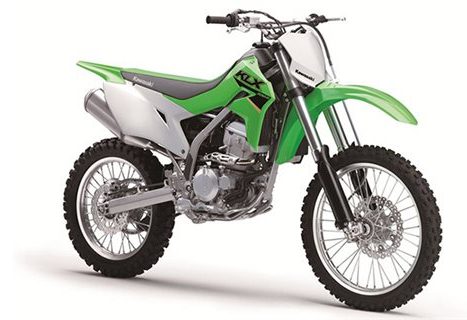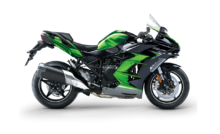2022 Kawasaki KLX300R Fuel Owners Manual




2022 Kawasaki KLX300R Fuel


Fuel
The required of fuel is specified under “Fuel Requirements.” The capacity of the fuel tank is 7.9 L (2.1 US gal). To open the fuel tank cap, pull out the breather hose from the hole in the steering shaft, and turn the tank cap counterclockwise.
NOTE
On the California model, turn the tank cap counter clockwise without disconnecting the breather hose to open the fuel tank cap.
A. Fuel Tank Cap
B. Breather Hose
Avoid filling the tank in the rain or where heavy dust is blowing so that the fuel does not get contaminated. After refueling, make sure the filler cap is closed securely.
A. Tank Cap
B. Fuel Tank
C. Top Level
D. Filler Neck
WARNING
Gasoline is extremely flammable and can be explosive under certain conditions, creating the potential for serious burns. Always stop the engine and do not smoke. Make sure the area is well ventilated and free from any source of flame or sparks; this includes any appliance with a pilot light. Never fill the tank completely to the top. As the fuel expands in a warm tank, it may overflow through the vents in the tank cap. After refueling, make sure the fuel tank cap is closed securely. If gasoline is spilled on the fuel tank, wipe it off immediately.
NOTICE
California models only: Never fill the tank so the fuel level rises into the filler neck. If the tank is overfilled, heat may cause the fuel to expand and flow into the Evaporative Emis sion Control System resulting in hard start ing, engine hesitation and non-compliance with the emission regulation.
Fuel Requirements
Fuel Type
Use clean, fresh unleaded gasoline with a minimum Antiknock index of 87. The Antiknock Index is posted on service station pumps in the U.S.A. The octane rating of a gasoline is a measure of its re-
sistance to detonation or “knocking.” The Antiknock Index is an average of the Research Octane Number (RON) and the Motor Octane Number (MON) as shown in the table below.
NOTICE
If engine “knocking” or “pinging” occurs, use a different brand of gasoline of a higher octane rating. If this condition is allowed to continue it can lead to severe engine damage. Gasoline quality is important. Fuels of low quality or not meeting standard industry specifications may result in unsatisfac tory performance. that result from the use of poor quality or non-recommended fuel may not be covered under your warranty. Operating problem
Fuels Containing Oxygenates
Gasoline frequently contains oxygenates (alcohols and ethers) especially in areas of the U.S. and Canada which are required to sell such reformu lated fuels as part of a strategy to reduce exhaust emissions. The types and volume of fuel oxygenates ap- proved for use in unleaded gasoline by the U.S. Environmental Protection Agency include a broad range of alcohols and ethers, but only two compo nents have seen any significant level of commercial use. Gasoline/Alcohol Blends Gasoline containing up to 10% ethanol (alcohol produced from agricultural products such as corn), also known as “gasohol” is approved for use.
NOTICE
Avoid using blends of unleaded gasoline and methanol (wood alcohol) whenever possible, and never use “gasohol” containing more than 5% methanol. Fuel system damage and performance problems may result.
Gasoline/Ether Blends- The most common ether is methyl tertiary butyl ether (MTBE). You may use gasoline containing up to 15% MTBE.
NOTE
Other oxygenates approved for use in unleaded gasoline include TAME (up to 16.7%) and ETBE (up to 17.2%). Fuel containing these oxygenates can also be used in your Kawasaki.
NOTICE
Never use gasoline with an octane rating lower than the minimum specified by Kawasaki. Never use “gasohol” with more than 10% ethanol, or more than 5% methanol. Gaso line containing methanol must also be blended with inhibitors. cosolvents and corrosion Certain ingredients of gasoline may cause paint fading or damage. not to spill gasoline or gasoline oxygenate blends during refueling. When not operating your Kawasaki for 30 to 60 days, mix a fuel stabilizer (such as STA-BIL) with the gasoline in the fuel tank. Fuel stabilizer additives inhibit oxidation of Be extra careful the fuel which minimizes gummy deposits. Never store this product with “gasohol” in the fuel system. Before storage it is recommended that you drain all fuel from the fuel system. See the Storage section in this manual.
Recent Posts
VW Jetta Engine Fuse Box Diagram
Access the comprehensive 2010-2018 VW Jetta Passenger Fuse Box Diagram to troubleshoot electrical issues effectively.…
VW Jetta Passenger Fuse Box Diagram
Explore the comprehensive VW Jetta Passenger Fuse Box Diagram to troubleshoot electrical issues effectively. Understand…
2023 Ford F-150 Lightning Fuse Box Diagram
Under Hood Fuse Box Location Remove the front luggage compartment cover. Under Hood Fuse Box…
2022 Kawasaki NINJA H2 SX SE Brake Lever Adjuster Owner’s Manual
2022 Kawasaki NINJA H2 SX SE Brake Lever Adjuster Owner's Manual NOTICE Only adjust the front…
2023 Land Rover Range Rover Evoque Exiting The Vehicle Owners Manual
2023 Land Rover Range Rover Evoque Exiting The Vehicle SINGLE LOCKING WARNING Before exiting the…
2023 Land Rover Range Rover Evoque Front Seats Owners Manual
2023 Land Rover Range Rover Evoque Front Seats FRONT SEAT SAFETY Make sure to read…
